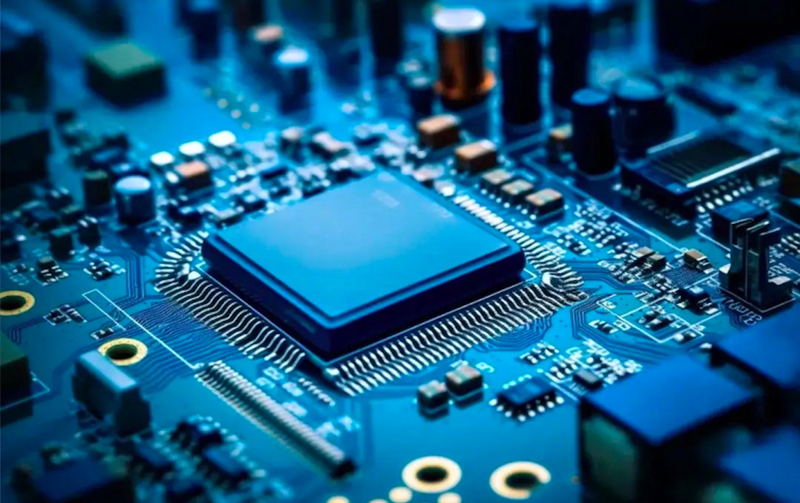The Government Office has issued Notification No. 05/TB-VPCP, summarizing the conclusion of the National Steering Committee for the Development of the Semiconductor Industry at its first meeting on December 14, 2024.
According to the notification, Vietnam must achieve two centennial goals—the 100th anniversary of the founding of the Communist Party of Vietnam (CPV) in 2030, by which time Vietnam is to be a developing nation with modern industry and a higher-middle-income status; and the 100th anniversary of founding the Democratic Republic of Vietnam (now the Socialist Republic of Vietnam) in 2045, by which time the country is to be a developed nation with high incomes, as outlined during the 13th National Congress of the Party in early 2021.
To realize these milestones, significant breakthroughs in economic growth are essential, the conclusion noted, adding that alongside renewing traditional growth drivers such as investment, exports, and consumption, it is necessary to promote new growth drivers, including digital transformation, green transformation, the development of the circular economy, smart economy, knowledge economy, sharing economy, and the night economy.
In particular, emphasis should be placed on the semiconductor industry, artificial intelligence, the Internet of Things, cloud computing, and the creative economy to create new productive forces with the spirit of "keeping up, moving together, and surpassing," the conclusion said.
Developing the semiconductor industry is a global trend in the context of the Fourth Industrial Revolution and will continue to be an inevitable trajectory for the future, the conclusion went on, adding that it is a strategic choice and a top priority.
Therefore, according to the conclusion, comprehensive implementation is necessary, including strong investment in human resource development, breakthroughs in institutional frameworks, and upgrades to infrastructure. International cooperation with countries, economies, and major technology corporations worldwide is also crucial.
Regarding perspectives, the conclusion emphasizes the development of human resources, institutions, and infrastructure for the semiconductor industry as a comprehensive strategy. It highlights the need to focus on implementation and investment that aligns with strategic breakthroughs.
Public-private partnerships and domestic and international cooperation should be promoted to unlock and utilize all resources for training and developing human resources for the semiconductor industry, the conclusion confirmed, noting that the combined strengths of the State, businesses, investors, and training institutions should be leveraged in the spirit of "harmonious interests, shared risks".









 Google translate
Google translate